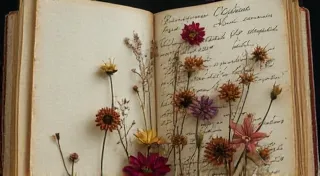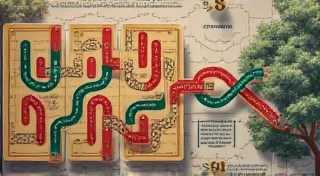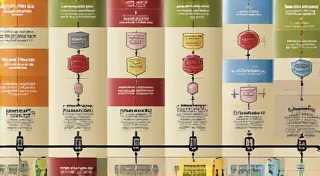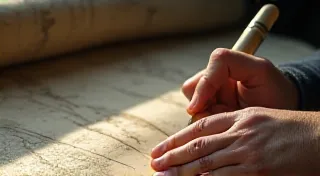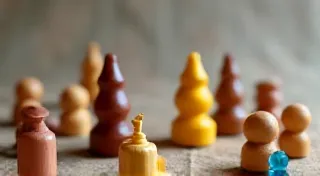Beyond the Box: Repainting and Modifying Your Favorite Board Games
For many board game enthusiasts, the thrill of the game extends far beyond simply playing the rules printed on the box. There's a deep satisfaction that comes from personalizing your collection, injecting your own creativity into the pieces you love. This article dives into the exciting world of board game modification and customization, exploring techniques ranging from simple component upgrades to full-blown miniature repainting. Whether you're a seasoned hobbyist or just starting to explore this side of tabletop gaming, we’re here to inspire your next project.
Why Modify Your Games?
The reasons people choose to modify their board games are as varied as the games themselves. Some seek improved aesthetics, addressing issues like bland color schemes or underwhelming miniature sculpts. Others want to improve functionality—perhaps upgrading wooden tokens to custom-designed acrylic pieces for better handling, or creating more durable game boards. For some, it’s simply about making a game truly their own, adding a personal touch that elevates the entire experience. The possibilities really are endless, and sometimes, you might even find yourself wanting to explore entirely new gaming experiences – for those looking to understand the foundations of a popular genre, a beginner’s guide to Eurogames can be a fantastic starting point.
Repainting Miniatures: Breathing New Life into Your Heroes & Villains
Let's face it: factory-painted miniatures aren't always the most inspiring. Repainting can transform generic figures into vibrant, characterful additions to your game. While this might seem daunting for beginners, it's a skill that can be learned with practice. Here's a basic rundown:
- Gather Your Supplies: You'll need miniature paints (acrylics are best), brushes of varying sizes, primer, and a palette.
- Prime the Miniature: This provides a better surface for the paint to adhere to.
- Base Coating: Apply a thin, even layer of your desired color.
- Layering and Highlights: Build up highlights and shadows to create depth and definition.
- Washing (Optional): A wash can add grime and weathering to your miniatures.
- Basing: Add texture and detail to the miniature's base.
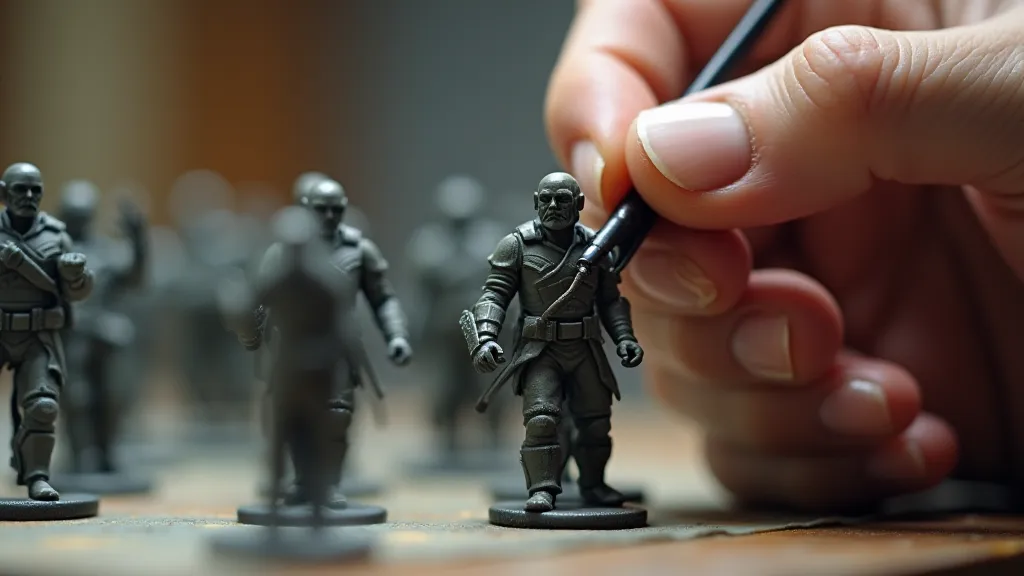
Don't be afraid to experiment! There are countless tutorials and resources online dedicated to miniature painting. Start with simple projects and gradually increase the complexity as you gain confidence. The process of customizing these game components often sparks an appreciation for the broader design choices inherent in different game genres. Some prefer the thematic richness and narrative depth of games with a strong story, while others are drawn to the elegant mechanics and strategic challenges of more abstract designs; exploring the appeal of abstract board games can broaden your gaming horizons.
Beyond the Miniature: Component Upgrades & Customization
Miniature painting is just the beginning. There's a huge range of other modifications you can make to your board games:
- Custom Tokens: Replace wooden or cardboard tokens with acrylic, metal, or 3D-printed alternatives.
- Game Board Enhancements: Consider adding felt to a game board to reduce card shuffling noise, or even creating a custom-printed board with a new theme.
- Card Sleeves: Protect your cards from wear and tear with high-quality sleeves.
- Box Organization: Design custom inserts to keep your game pieces organized and protected.
- 3D Printing: The world of 3D printing opens up endless possibilities for creating custom pieces – from new miniatures to replacement components.
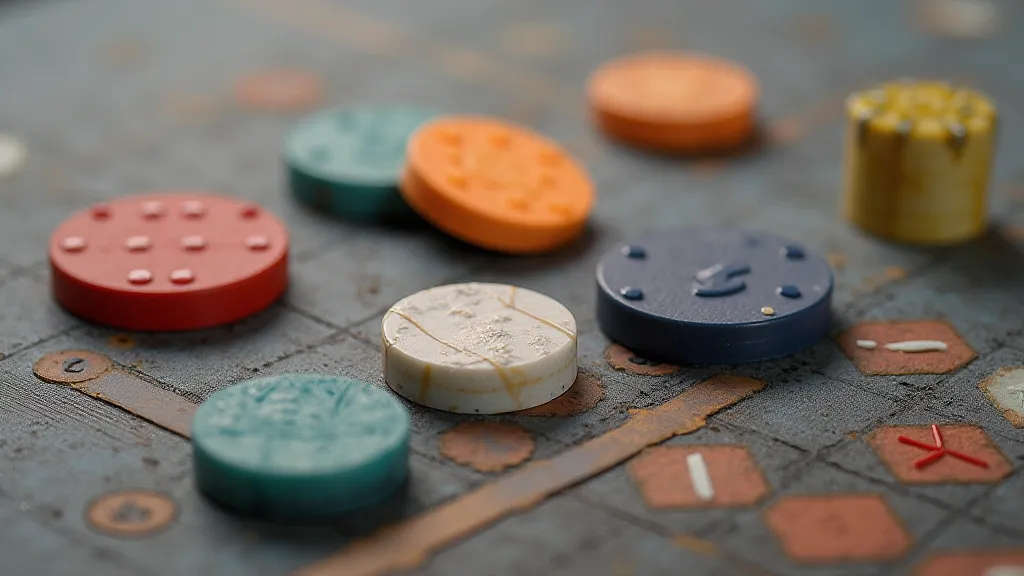
The desire to alter a game's mechanics or aesthetic often stems from a deeper engagement with the broader gaming landscape. For example, a player might feel a certain game lacks a satisfying level of player agency, and seek to modify it to enhance that element. This leads to interesting ethical considerations, such as how much can be changed before the game ceases to be what it originally was. Discussions around these dilemmas highlight the intricate relationship between designers, players, and the evolving nature of gameplay, a topic worthy of deeper exploration—such as the debate covered in The Obsidian Compass: Navigating the Ethics of Player Agency.
Many players are also interested in staying informed about upcoming releases, and the modifications they can plan for their collections. Keeping an eye on what’s coming down the pipeline allows enthusiasts to anticipate component upgrades, custom inserts, and even full-blown repainting projects. Following industry news can also inspire new customization ideas, leading to even more creative and personalized gaming experiences.
Sharing Your Creations & Finding Inspiration
The board game customization community is incredibly welcoming and supportive. Numerous online forums, social media groups, and YouTube channels are dedicated to showcasing custom projects and offering advice. Sharing your own creations and engaging with fellow hobbyists can be a rewarding experience. Beyond simple modifications, the customization community often pushes the boundaries of what’s possible, introducing innovative techniques and inspiring others to unleash their creativity.
A Word of Caution
Before embarking on any modification, consider the potential impact on game balance or functionality. Significant changes to rules or components should be carefully considered and playtested. Always respect the original game designers and their vision. It's important to remember that modifications, while fun and rewarding, shouldn’t detract from the core experience the designers intended. Careful planning and thoughtful execution are key to creating truly enhanced and personalized gaming experiences.
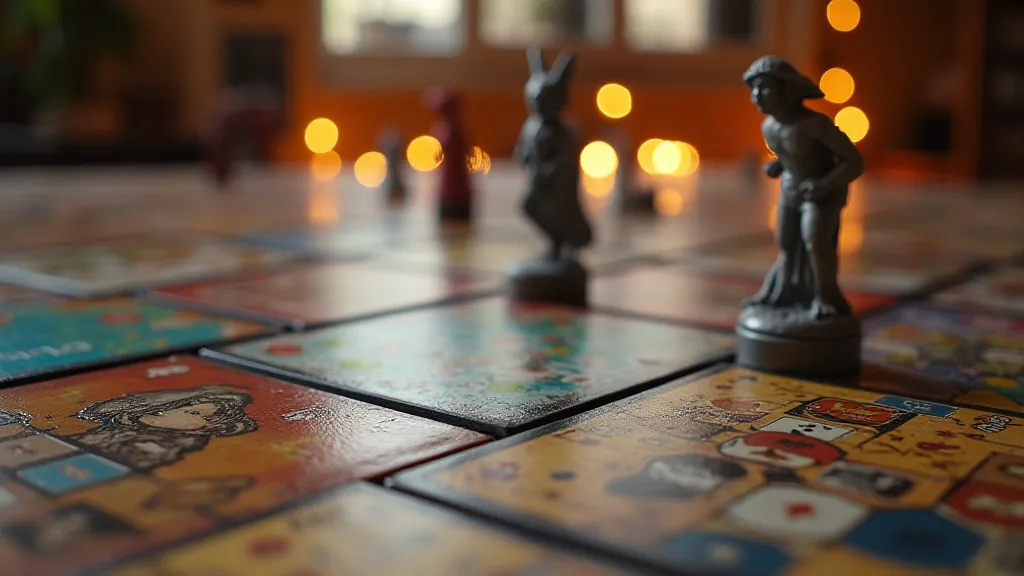
The process of modification also requires patience and attention to detail. Some projects, such as repainting miniatures or creating custom game boards, can be quite time-consuming. However, the satisfaction of seeing a customized game come to life is well worth the effort. Furthermore, the skills learned through modification, such as painting, 3D modeling, and woodworking, can be applied to other creative endeavors.
So, are you ready to unleash your creativity and transform your board game collection? The possibilities are endless!
